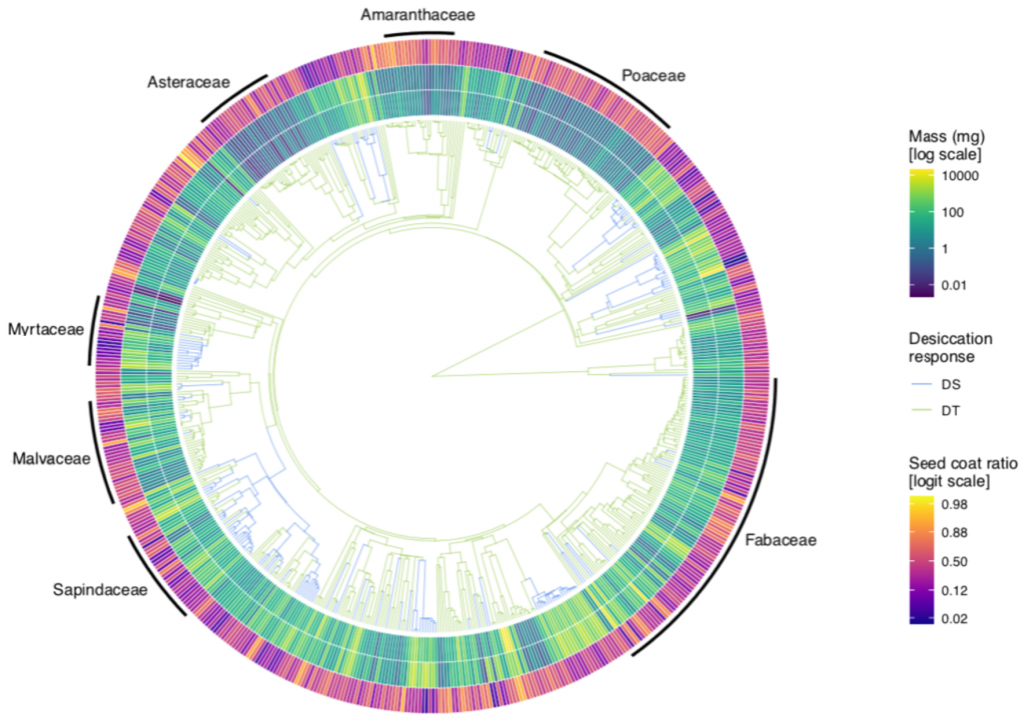
Macroevolutionary patterns in seed component mass and different evolutionary trajectories across seed desiccation responses ($) (New Phytol)
Plant Science Research WeeklySeeds are made out of two functionally distinct components: the seed coat and the seed reserves (which include endosperm and embryo). It is known that the relative contribution of these parts to the total seed mass varies greatly among species. Still, little is known about the evolution of each component's…
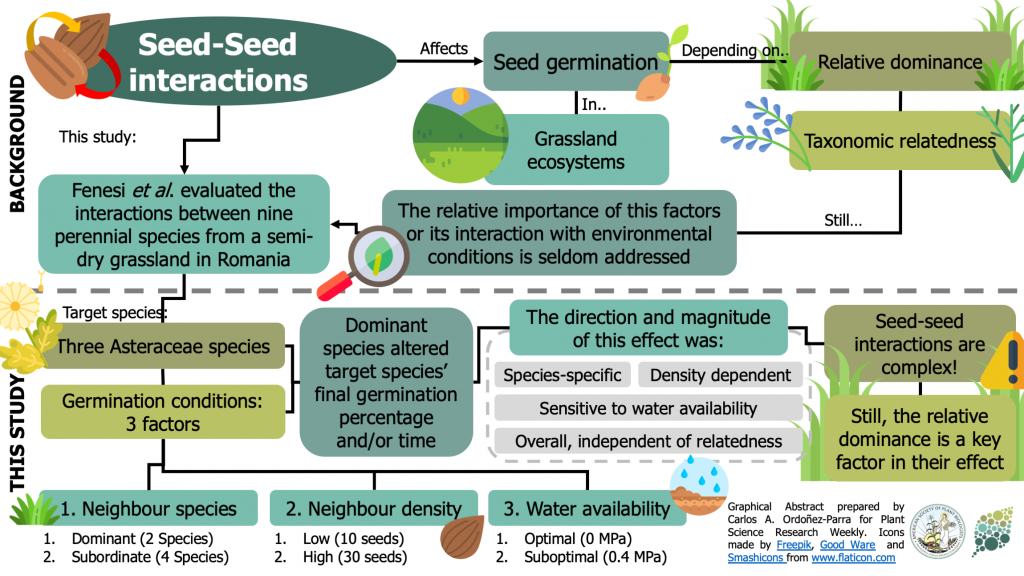
Influential neighbours: Seeds of dominant species affect the germination of common grassland species (J. Veg. Sci.)
Plant Science Research WeeklySeed-seed interactions can control the germination of grassland species. The result of this interaction (i.e., germination being inhibited or promoted) presumably depends on the dominance and taxonomic relatedness of interacting species. However, the relative importance of these factors is poorly explored.…

SMAX1-dependent seed germination bypasses GA signalling in Arabidopsis and Striga (Nature Plants)
Plant Science Research WeeklyStrigolactones (SL) are germination cues for parasitic plants, as their seeds will not germinate until they perceive SL exuded from the host plant. In contrast, gibberellins (GA) are the dominant germination hormone in non-parasitic plants; GA-mediated degradation of DELLA repressors permits germination.…
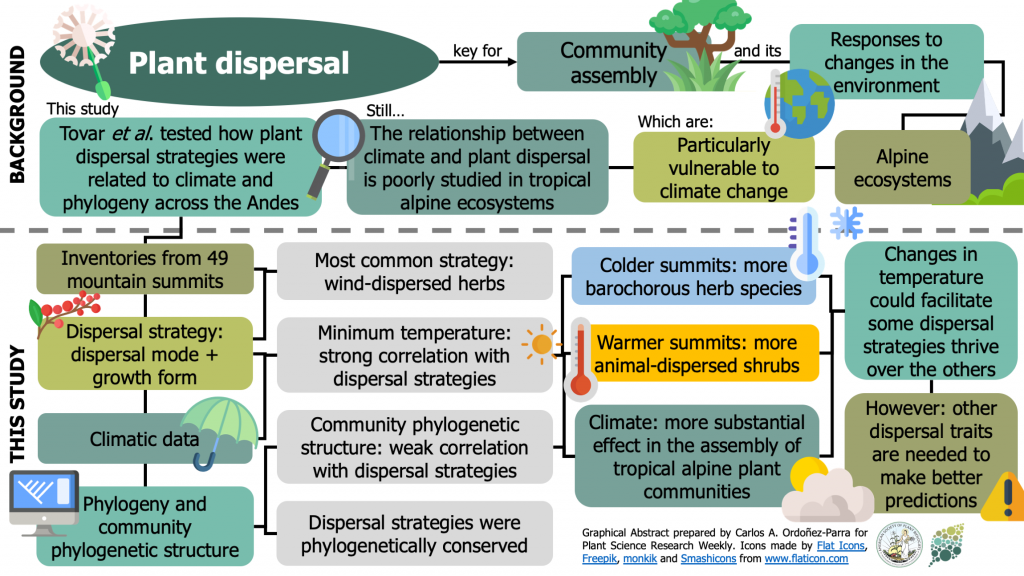
Plant dispersal strategies of high tropical alpine communities across the Andes (J. Ecol.)
Plant Science Research WeeklySince dispersal is crucial for the assembly of plant communities, a better understanding of its relation to climate is needed to predict plant communities' responses to changes in the environment. However, this kind of association is still missing in tropical alpine ecosystems –one of the most vulnerable…
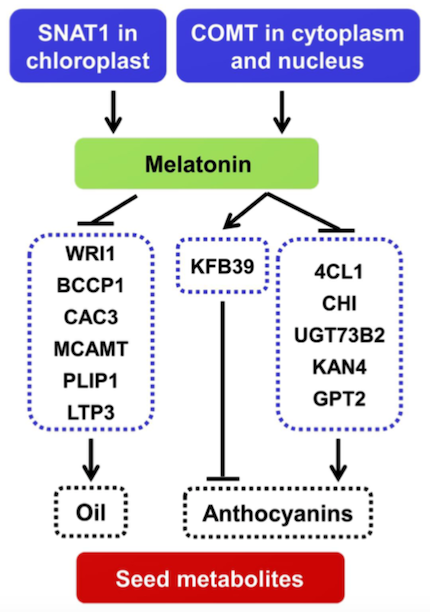
Melatonin represses oil and anthocyanin accumulation in seeds (Plant Physiol.)
Plant Science Research WeeklySeed oils and anthocyanins play several roles in plant physiology and are promising substances for crop engineering given their benefits for human health. Recent studies proposed that melatonin –a potent antioxidant present in all plant species– regulates the deposition of these metabolites in seeds,…
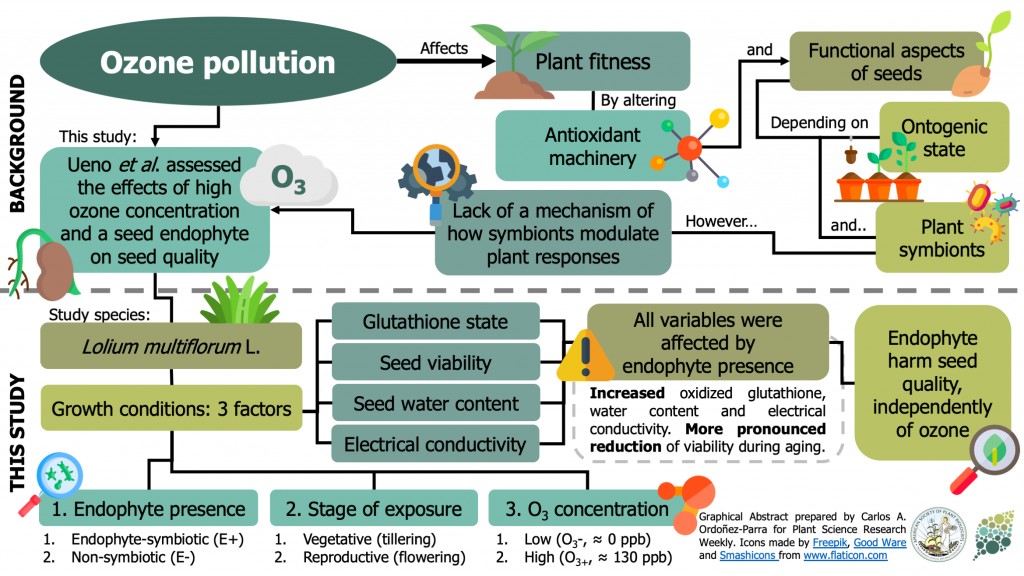
The negative effect of a vertically transmitted fungal endophyte on seed longevity is stronger than that of ozone transgenerational effect ($) (Environ. Exp. Bot.)
Plant Science Research WeeklyGlobal environmental change brings new challenges to plants at different levels, including seed development and persistence. For example, the increasing ground-levels of ozone (O3) can affect seed viability, as a result of changes in the mother plant antioxidant machinery. These responses might depend…
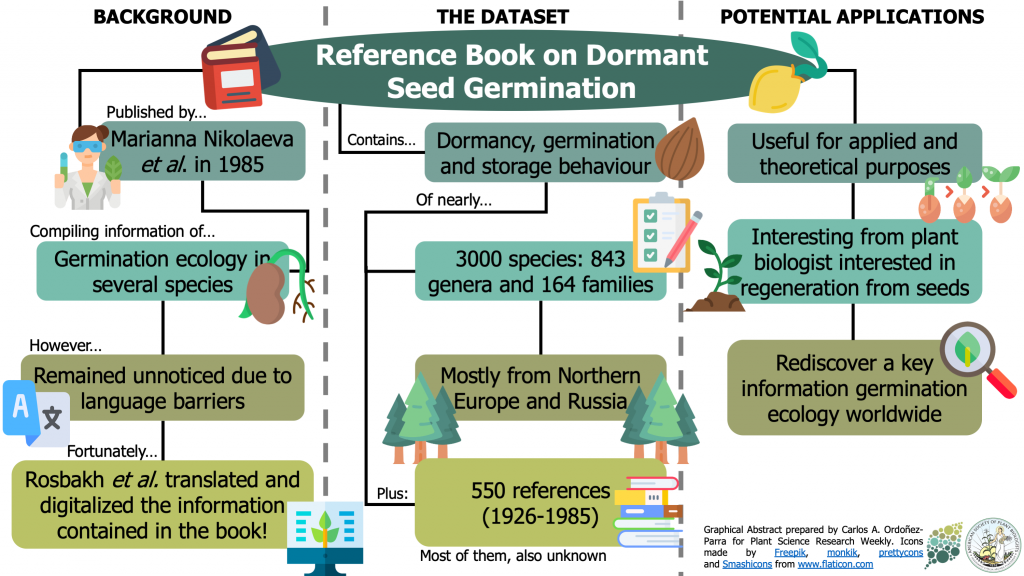
Nikolaeva et al.’s reference book on seed dormancy and germination ($) (Ecology)
Plant Science Research WeeklyIn 1985, Marianna Nikolaeva, Marina Razumova, and Valentina Gladkova published the Reference Book on Dormant Seed Germination. There they provided details on the germination ecology of different plant species –mostly from Northern Europe and Russia. However, since the original publication was in Russian,…
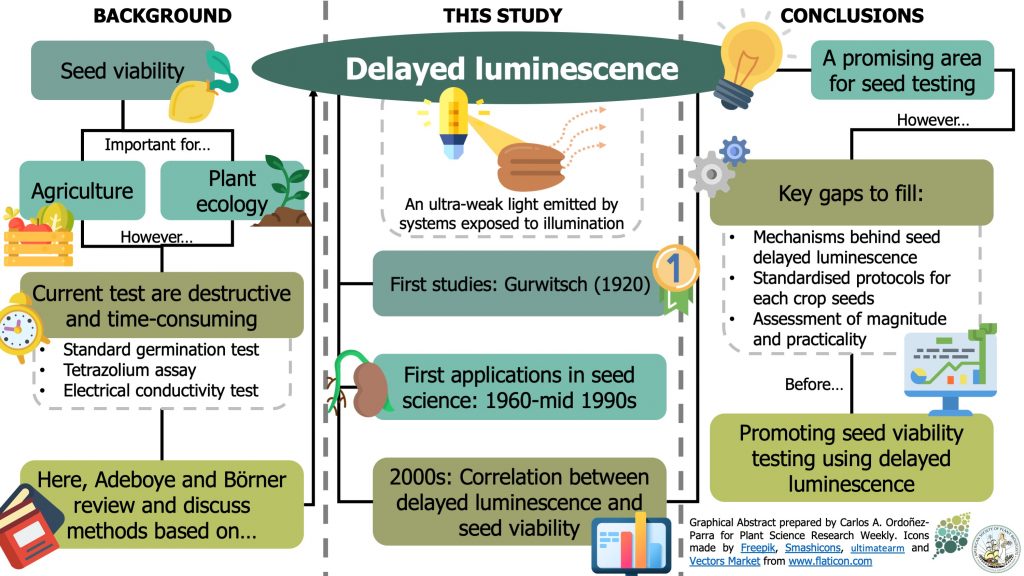
Review: Delayed luminescence of seeds: are shining seeds viable? (Seed Sci. Technol.)
Plant Science Research WeeklyMost of the current methods for assessing seed viability are time-consuming and destructive. As an alternative, some authors have suggested using procedures based on delayed luminescence; an ultra-weak light emitted by biological materials exposed to illumination. Here, Adeboye and Börner review the…
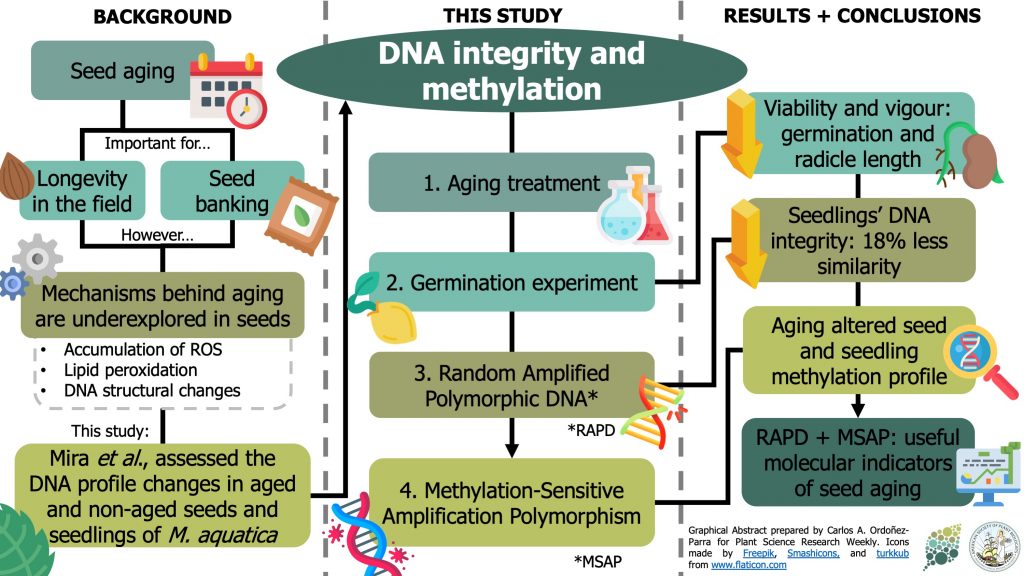
DNA methylation and integrity in aged seeds and regenerated plants ($) (Seed Sci. Res.)
Plant Science Research WeeklyUnderstanding seed aging is crucial to comprehend seed longevity in the field and to design ex situ conservation programs. However, the mechanisms behind seed aging are underexplored. In this paper, Mira et al. assessed the changes in DNA integrity and methylation between aged and non-aged seeds of Mentha…

